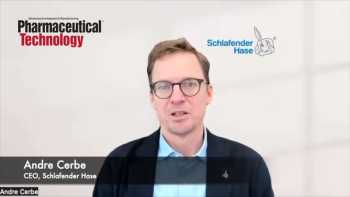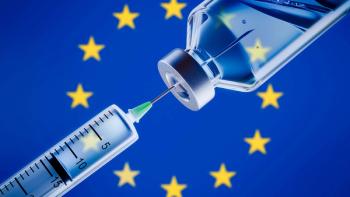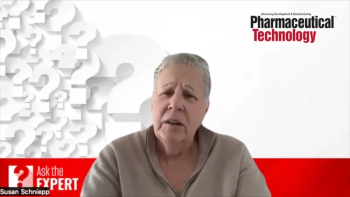
Pharmaceutical Technology Europe
- Pharmaceutical Technology Europe-09-01-2005
- Volume 17
- Issue 9
Regulatory Affairs
The European Commission has released its second report to the Council and European Parliament addressing the developments and implications in patent law concerning biotechnology and genetic engineering. The study, which centres on the patentability of inventions relating to stem cells, concluded that those capable of developing into human beings, totipotent stem cells, are to be excluded from patentability on the Directives' grounds of human dignity.
Patent Law in the Biotech Field
EU Directive covers stem cells and gene sequencing
The European Commission has released its second report to the Council and European Parliament addressing the developments and implications in patent law concerning biotechnology and genetic engineering. The study, which centres on the patentability of inventions relating to stem cells, concluded that those capable of developing into human beings, totipotent stem cells, are to be excluded from patentability on the Directives' grounds of human dignity. Embryonic pluripotent stem cells however, which harness the capability of developing into various cells, but not humans, are to be the focus of a further study, after the Commission concluded it is simply too early to come to a decision on the issue. The report's position on gene sequencing is less decisive. Following a discussion of the relevant considerations in the area, the Commission stated that it would not be taking a position on the validity of Member States' implementation.
Survey Shows eCTD on the Rise
Thomson Scientific & Healthcare has revealed the results of its Liquent Regulatory Affairs Trends Survey, which monitored how life science professionals are responding to regulatory change, new technologies and mission-critical regulatory submissions.
The number of companies planning to migrate to eCTD has risen with 75% of respondents wishing to do so, of which 32% are aspiring to implement the document in the next 10–18 months. In terms of recent changes to 21 CFR Part 11, the majority of those surveyed (69%) were aware of changes, but 33% of them felt that the alterations were unclearly communicated. Only 2% of respondents were found to be addressing the SAFE initiative. E-submissions appear to be increasing with 75% of those using the technology expecting their use to intensify, and 9% planning to move to just electronic output.
Paediatric Medicine Regulation
In a bid to reduce the number of medicines prescribed to newborns and adolescents, which have never been tested for their impact on these age groups, French MEP Françoise Grossetête drew up a draft report on a proposed regulation of paediatric medicines that would require pharmaceutical companies to present the results of clinical trails involving children at the same time as authorization of the treatment.
Following 40 votes in favour, nine against and nine extensions, the European Parliament's Committee on the Environment, Public Health and Food Safety (ENVI) has adopted the report and voted for a 6-month extension of patent/supplementary protection certificates and a 12-year exclusivity period for orphan drugs (as incentives for pharmaceutical companies to conduct paediatric medicines); the formation of a Medicines Investigation of the Children of Europe (MICE) fund, an exclusive research fund; a Paediatric Committee; and a network of researchers/research centres to prevent duplication of child clinical trails. In addition, a 6-year period has been agreed before an in-depth investigation into the law's effectiveness at improving children's treatments will take place.
"Europe desperately needs more medicines that are proven to be safe for children. The proposed regulation is a welcome step forward, but it has to tackle head-on the need for strong and effective incentives to attract more competitive research and development to Europe," said Jose Ramet, secretary general of the Confederation of European Specialists in Pediatrics.
Articles in this issue
over 20 years ago
Industry Newsover 20 years ago
Carrageenans: Analysis of Tablet Formation and Properties (Part II)over 20 years ago
The Future of Metered-Dose Inhalersover 20 years ago
The Future is Disposableover 20 years ago
Company Newsover 20 years ago
Clean Rooms and Air Handling Systems — Design for Complianceover 20 years ago
CMOs Attack Biomanufacturing MarketNewsletter
Get the essential updates shaping the future of pharma manufacturing and compliance—subscribe today to Pharmaceutical Technology and never miss a breakthrough.




